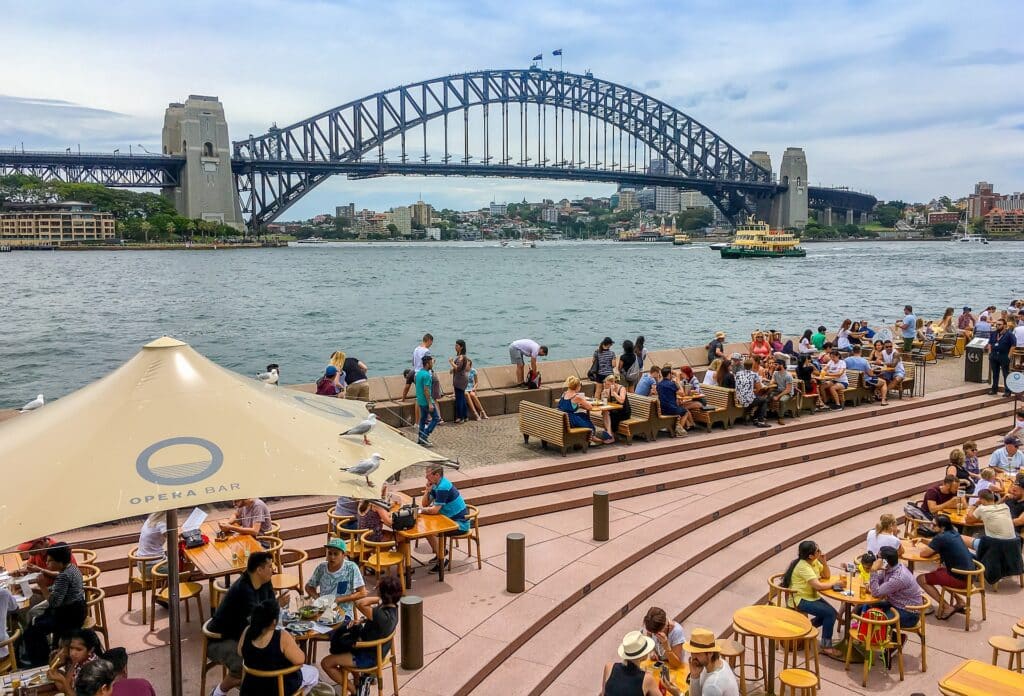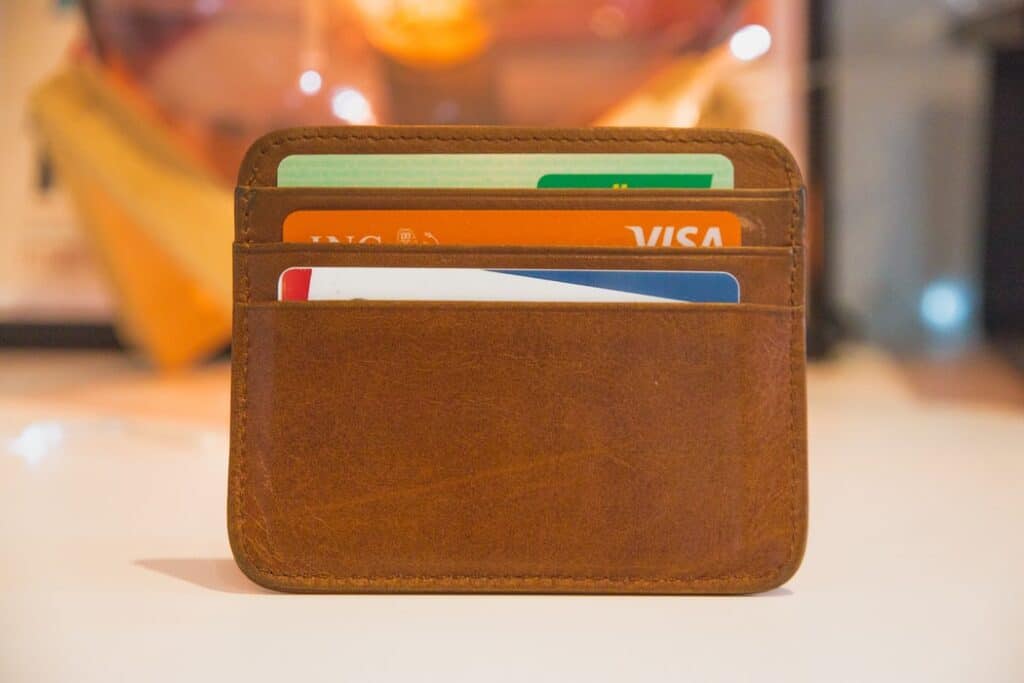Set on a new life in Australia? Here at Remitly, we appreciate that it’s going to be a hectic time, with a lot of information to process. To help make life a little easier, we’ve created this quick guide to what’s involved, from visa applications to your options for supporting family and friends back home.

1. Applying for a visa
There are a number of visa options available, depending on the reason you’re moving to Australia. Here are the main visa types you can apply for online at the official Australian government website:
- A student visa, which requires you to have a place at an eligible educational institution, and which will let you stay up to five years
- A work visa, of which there are dozens of types depending on the kind of work you’ll be doing; some visas will grant permanent residency if certain strict conditions are met
The costs and required documentation will vary from visa to visa, so it’s essential to check the official stipulations for the exact kind of visa you’re applying for. You can read our more detailed guide to Australian visa applications here.
2. Setting up an Australian bank account
Having a bank account in Australia makes it easier to settle into your new life in the country. The good news is you’ll generally be able to open your account online before you make the big move Down Under, as long as you can submit your passport and visa details.
Once this online process is completed, you may only be able to make deposits and manage your account through the bank’s website and app. Withdrawals and other aspects of the account may be off-limits until you move to Australia and can formally identify yourself at a branch. It’s worth checking what kinds of ID documents will be required at different banks in Australia – they’ll typically include some of the following:
- Passport
- Birth certificate
- Student ID
- Driver’s licence
- Utility bills
- Tenancy agreement

3. Paying for healthcare
Medical care in Australia is provided by its national healthcare system, Medicare, although many residents also choose to pay for private health insurance to take care of ambulance costs and other services not covered by Medicare.
Certain visas can make you eligible for Medicare. You may also access the health service if you’re visiting from a country which has a reciprocal health care agreement with Australia. These countries are:
- Belgium
- Finland
- Italy
- Malta
- Netherlands
- New Zealand
- Norway
- Republic of Ireland
- Slovenia
- Sweden
- United Kingdom
As most people moving to the country won’t have access to Medicare, the Australian government strongly recommends that newcomers take out adequate private health insurance, regardless of whether or not it’s a condition of their visa. Without such insurance or access to Medicare, you’ll have to pay out of your own pocket for any medical attention you require during your time in Australia.
It’s also important to note that most students will be obliged to obtain Overseas Student Health Cover from an approved insurance provider, even if they qualify for Medicare.
4. Cost of living
While it’s natural to focus on the immediate costs relating to relocating to Australia – such as the price of your visa and health insurance policy – it’s also a good idea to note down what your general cost of living in Australia will be. This will, of course, differ a great deal depending on your circumstances and where you intend to settle. For example, rent is on average much higher in Canberra compared to, say, Perth. To get an idea of your outgoings, you’ll want to consider the following expenses:
- Rent
- Utility bills, including phone and internet bills
- Food costs
- Transportation costs
- Entertainment costs
- How much you may intend to transfer back to family and friends at home
5. Finding accommodation
Australia is a vast country dotted with buzzing cities like Sydney, Melbourne, Adelaide, Canberra and Perth. Luckily, you’ll be able to compare the best accommodation options before you even relocate, thanks to the various rental property search sites online. You can search according to your preferred parameters, including price, location within a particular city or region, number of bedrooms, and so on.
If you’re here as an international student, you can also see if your educational institution offers managed student accommodation, or check out specialist listings sites for student homestays, which give you the chance to move in with a local family.
6. Transport in Australia
There are numerous options when it comes to public transport in Australia. Trains, trams, buses and coaches are all available, making it fairly straightforward to get around within and between cities. The only city with an automated, rapid transport metro system is Sydney, which opened its first metro line in 2019, while Melbourne’s tram network is the largest in the world.
Fares will vary depending on where in Australia you’re based, so it’s worth researching this ahead of time. International students may be eligible for discounted rates, depending on the regulations within specific Australian territories.
7. General things to know
Other than the important formal factors relating to relocating, here are a few other things newcomers to Australia might be interested to know:
- Australia is a major draw for migrants – data released in 2020 by the Australian Bureau of Statistics revealed that there were over 7.6 million migrants in the country, with England, India and China the top three countries represented
- While English is the official language, Aussie slang is a unique part of the culture, and includes words like “hooroo” (goodbye), “arvo” (afternoon) and “thongs” (flip flops)
- Experts recommend that everyone in Australia should apply sunscreen when the UV level is forecast to be three or higher
8. Sending money back home
One of your priorities after moving to Australia might be to send money to those back in your home country, whether as one-off gifts or regular, essential funds that contribute to your loved ones’ living costs and educational fees.
While this should be possible via your Australian bank or an over-the-counter remittance company, it’s also worth considering an online-only transfer service. Fees and exchange rates may be more cost-effective through this channel, as online companies tend to have lower running costs and can pass those savings onto their customers.
Ready to start sending?
Further reading: 8 Essential Apps for Immigrants Living in Australia
You may also like: 5 Iconic City Skylines Shaped by Foreign Architecture

